Homemade Easter bread is one of the oldest holiday traditions for very good reason. If you’ve never heard of this
Easter tradition, allow us to introduce you. A sweetened, yeasted dough incorporates colored eggs baked right into the bread, resulting in a soft and fluffy bread that is just as adorable to look at as it is incredible to eat. Serve it as the perfect festive centerpiece to your Easter brunch, or as a colorful addition to your Easter dessert spread! If you have any leftover dyed eggs (or are looking for a fun baking project to get the kids involved), then this bread is the ideal holiday activity to celebrate every year. Here’s everything you need to know:
The Easter bread tradition:
An Italian and Greek tradition, this bread is one of the oldest food traditions when it comes to celebrating Easter. The origins are uncertain, but some say this tradition could have been started as early as the 12th century. The bread varies in its symbolism based on the shape—when baked into a wreath, the bread is supposed to symbolize the crown of thorns. When braided into three long pieces, the dough represents the Holy Trinity. Although the exact origin of the bread is uncertain, one thing is for sure: this bread is an easy, festive addition to any Easter spread.
What is Easter bread made of?
This bread is made from a sweetened, yeasted dough, similar to brioche. It does take some time to rise (around 1 hour), but while you’re waiting for it to double is the perfect time to dye your eggs!
How to make the best Easter bread:
— Let is rise until doubled in size. This will most likely take around 1 hr to 1 1/2 hours—make sure to place your dough in a covered, greased bowl in a warm spot for the best rising conditions.
— No need to cook your eggs beforehand. Yes, we’re dying raw eggs for this recipe. No stress—the eggs will cook in the oven (no explosions here), and the dye will take perfectly to the raw eggs.
— Punch down your dough! After your dough has doubled in size and before braiding, punch down your dough to expel any excess air.
How to decorate Easter bread:
Never dyed eggs before? This is the most adorable excuse to give it a try. All you need is distilled white vinegar and food coloring to make your colorful eggs. We went with pink and blue for a pastel look, but feel free to choose whatever colors your heart desires. Not a fan of food coloring? Try out our recipe for natural egg dye instead! Another reminder: The eggs are meant for decoration only—do not eat!
We opted to make ours even more festive by adding sprinkles on top, but that’s completely optional. If you’re going for a classic presentation, your dyed eggs will still be plenty eye-catching all on their own.
Made this bread? Don’t forget the leave a comment and rate it below!

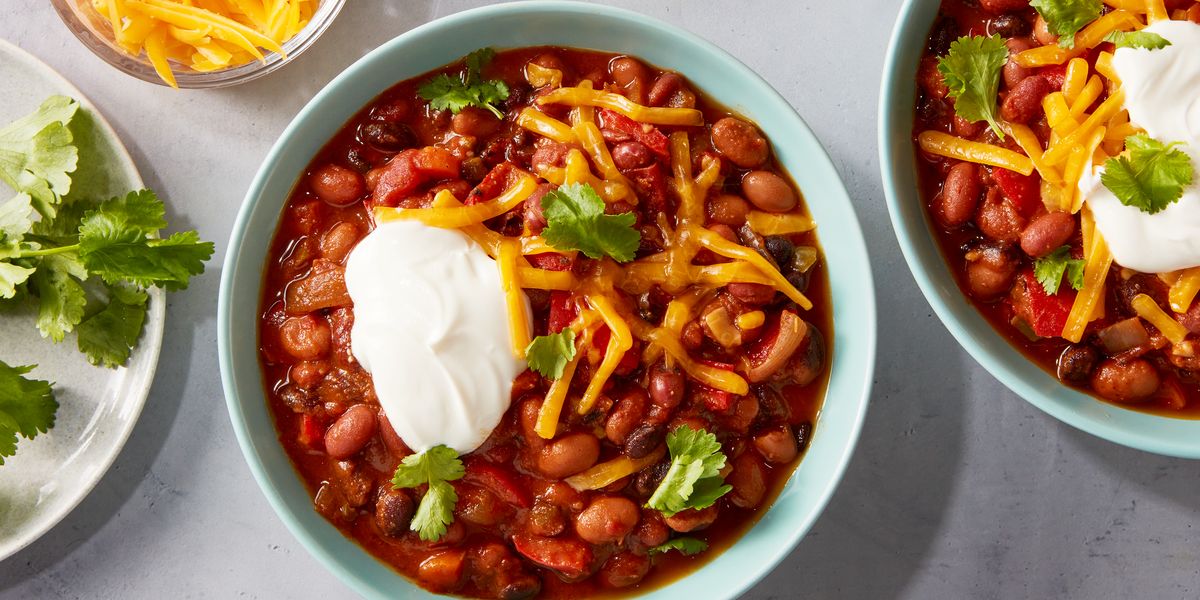

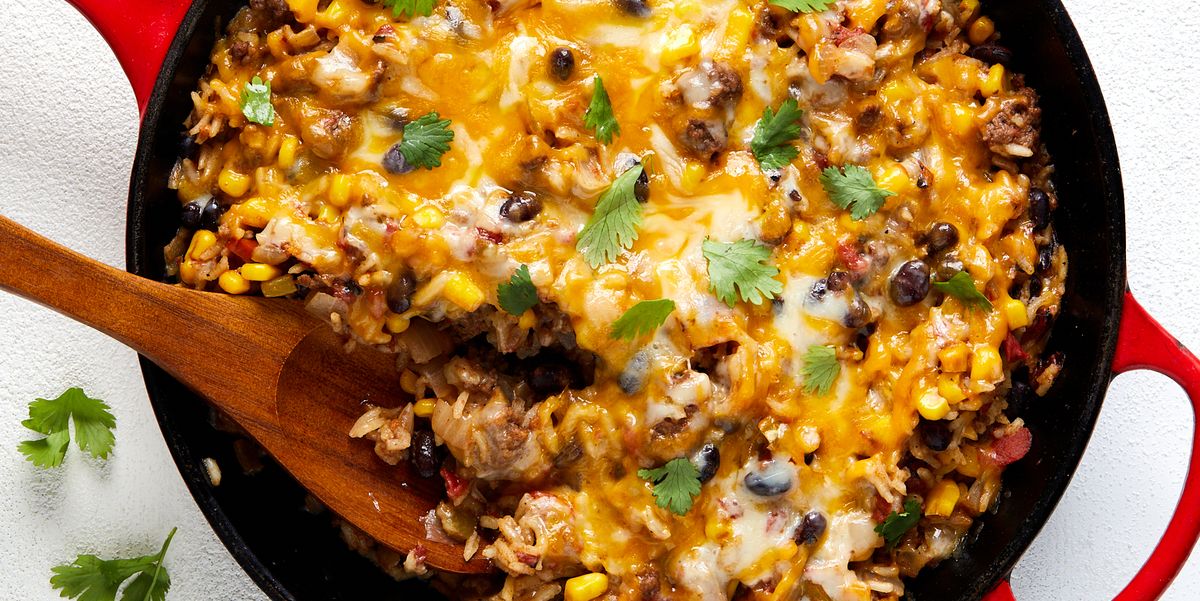
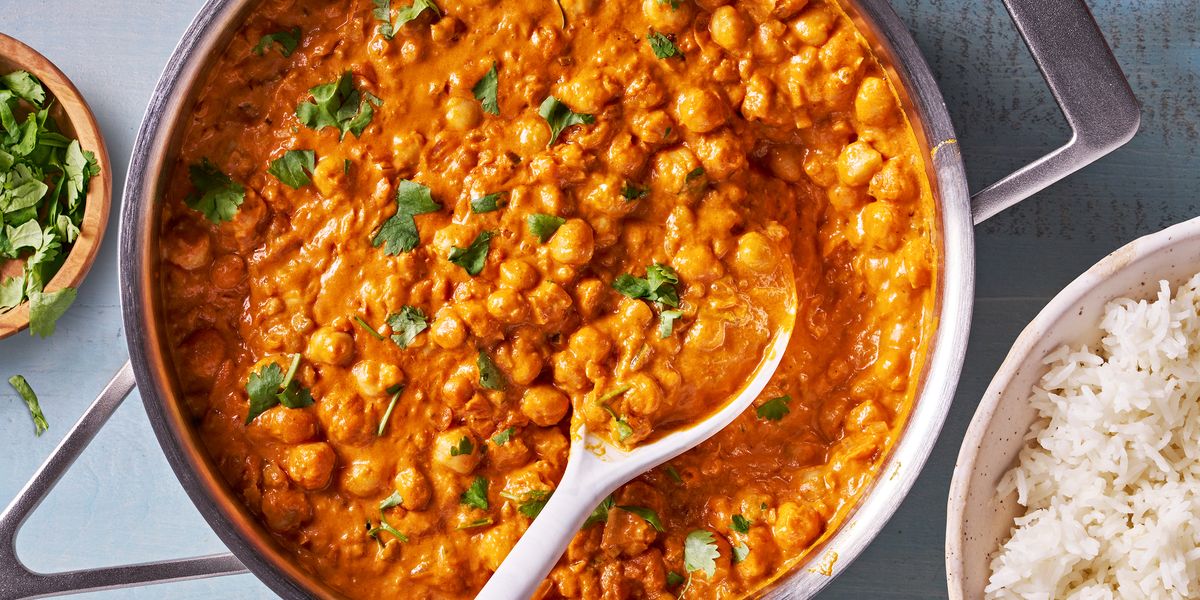

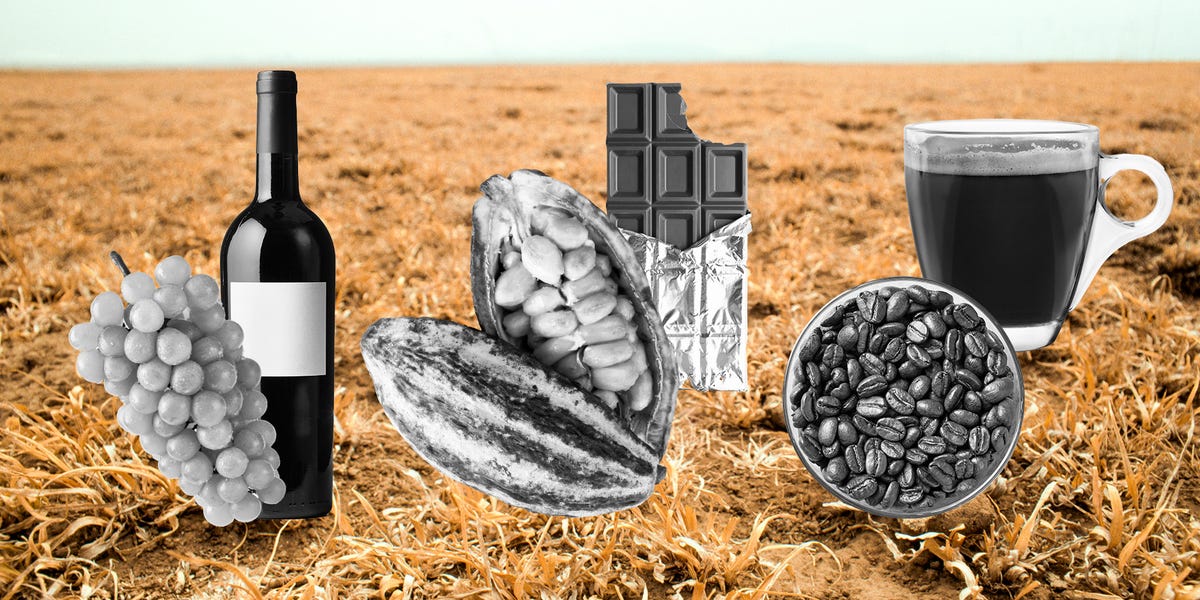
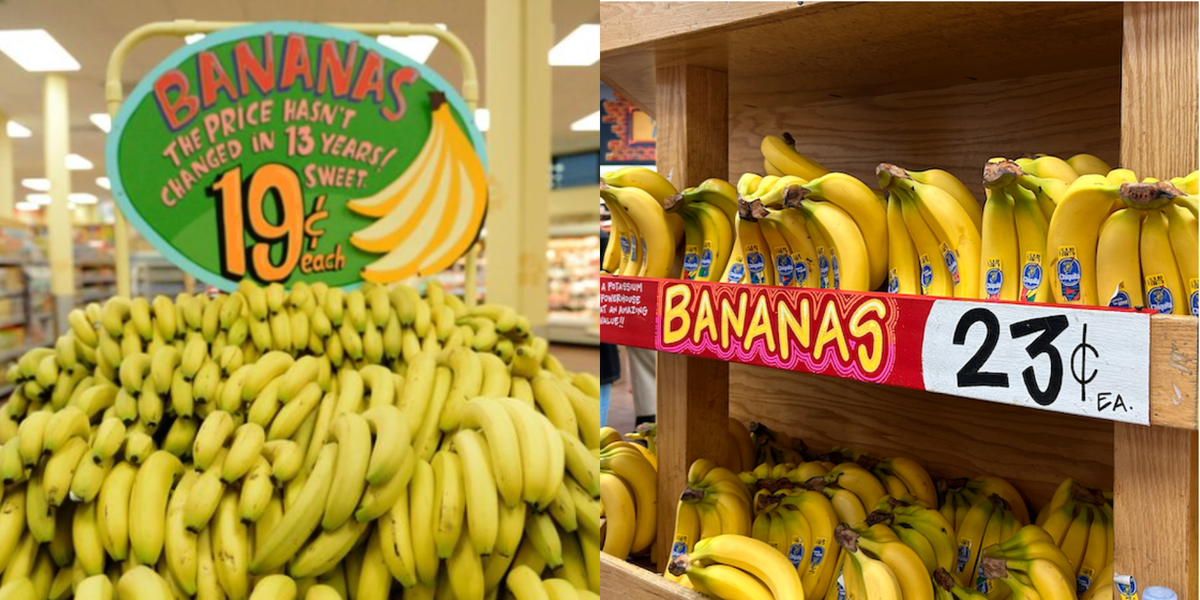
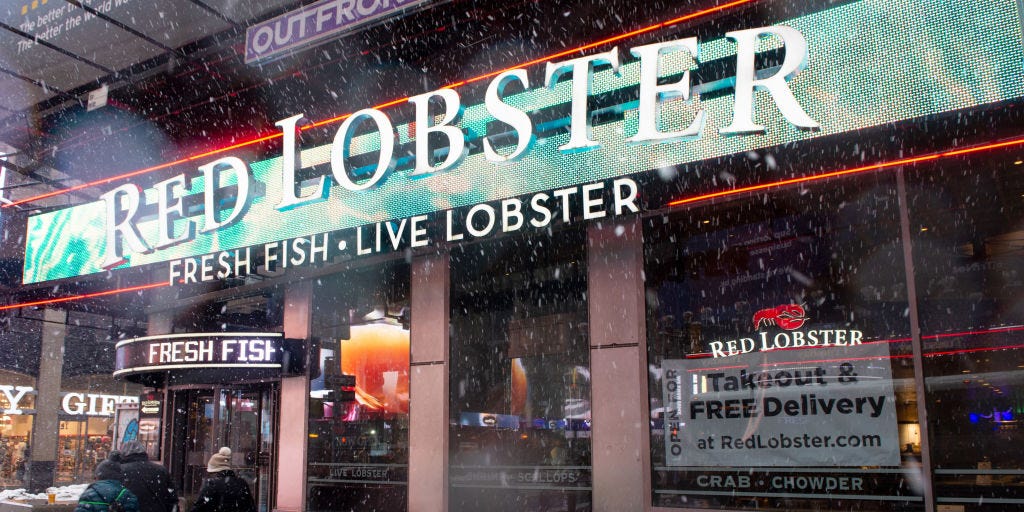
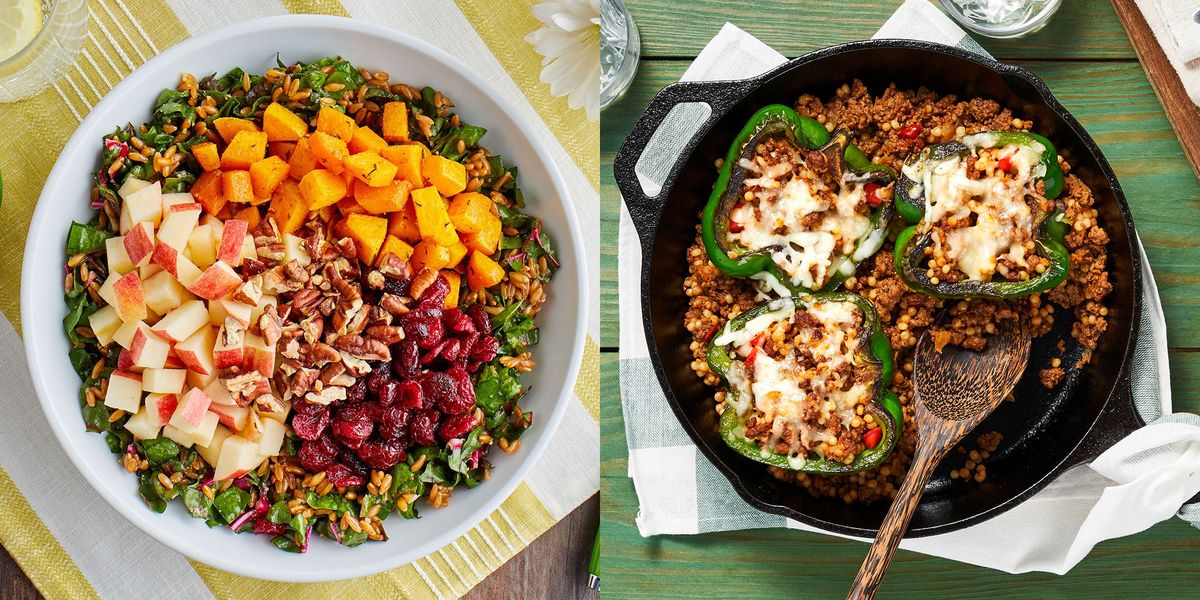
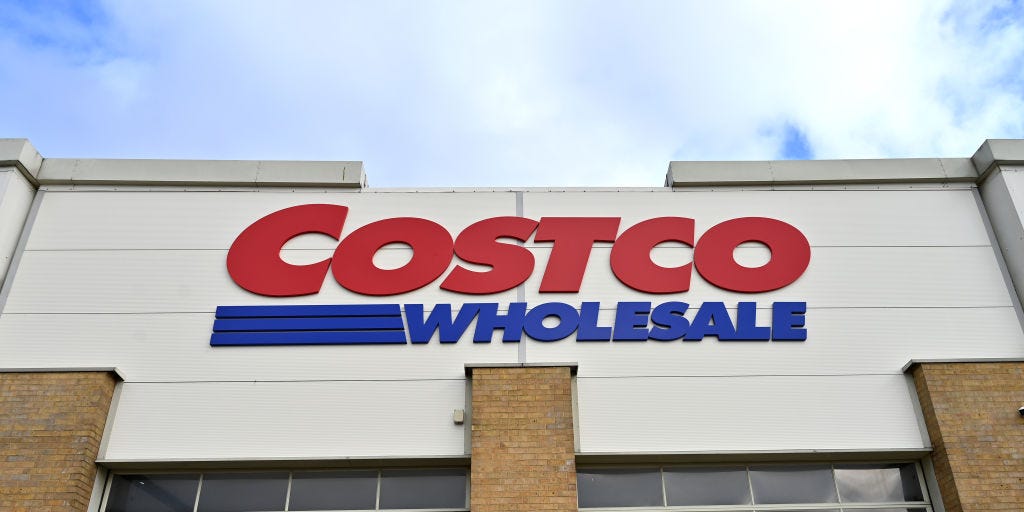

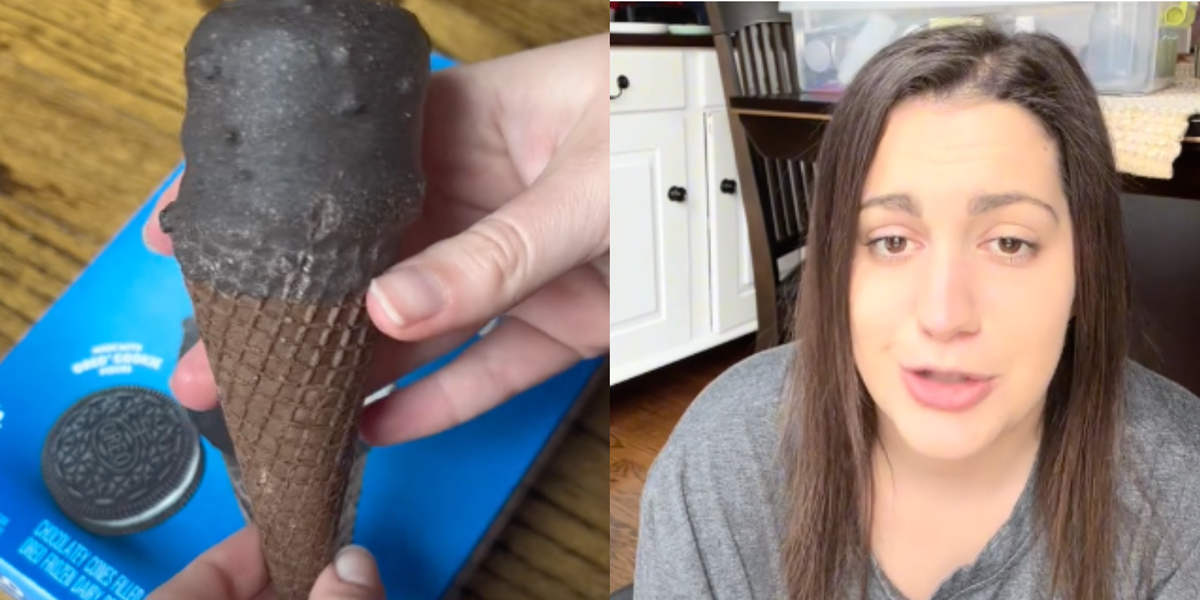

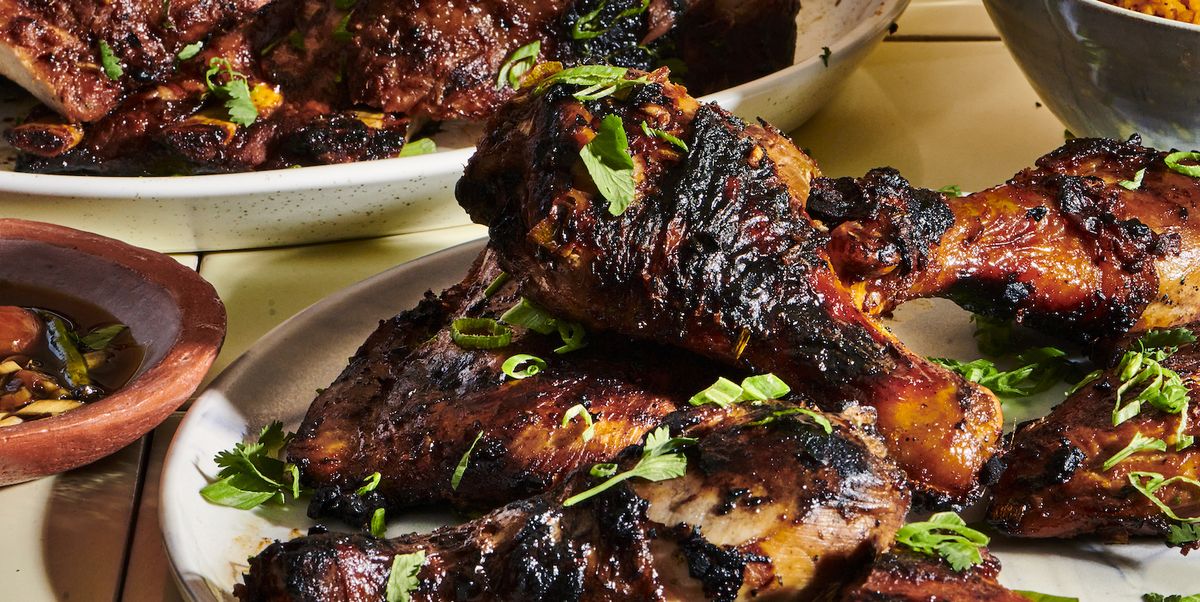
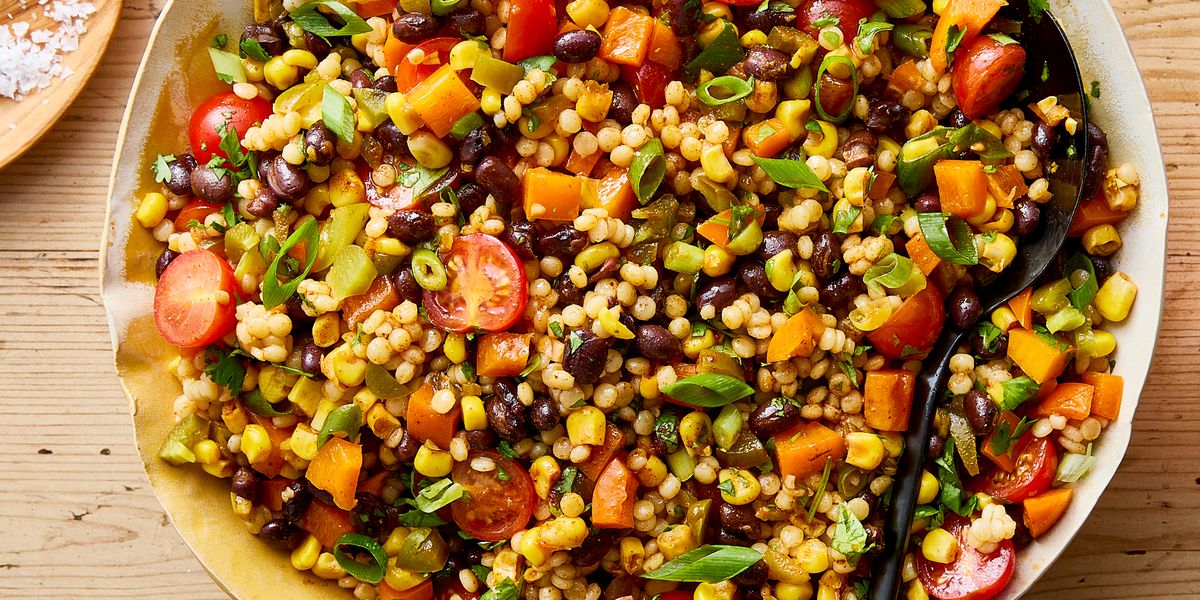
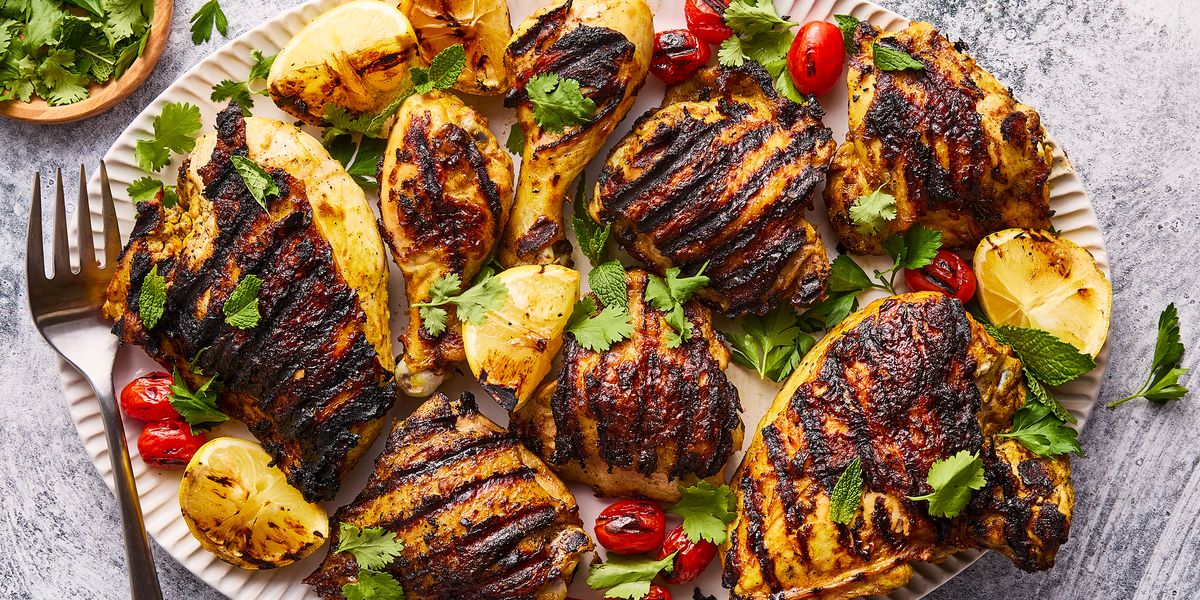


Leave a Reply